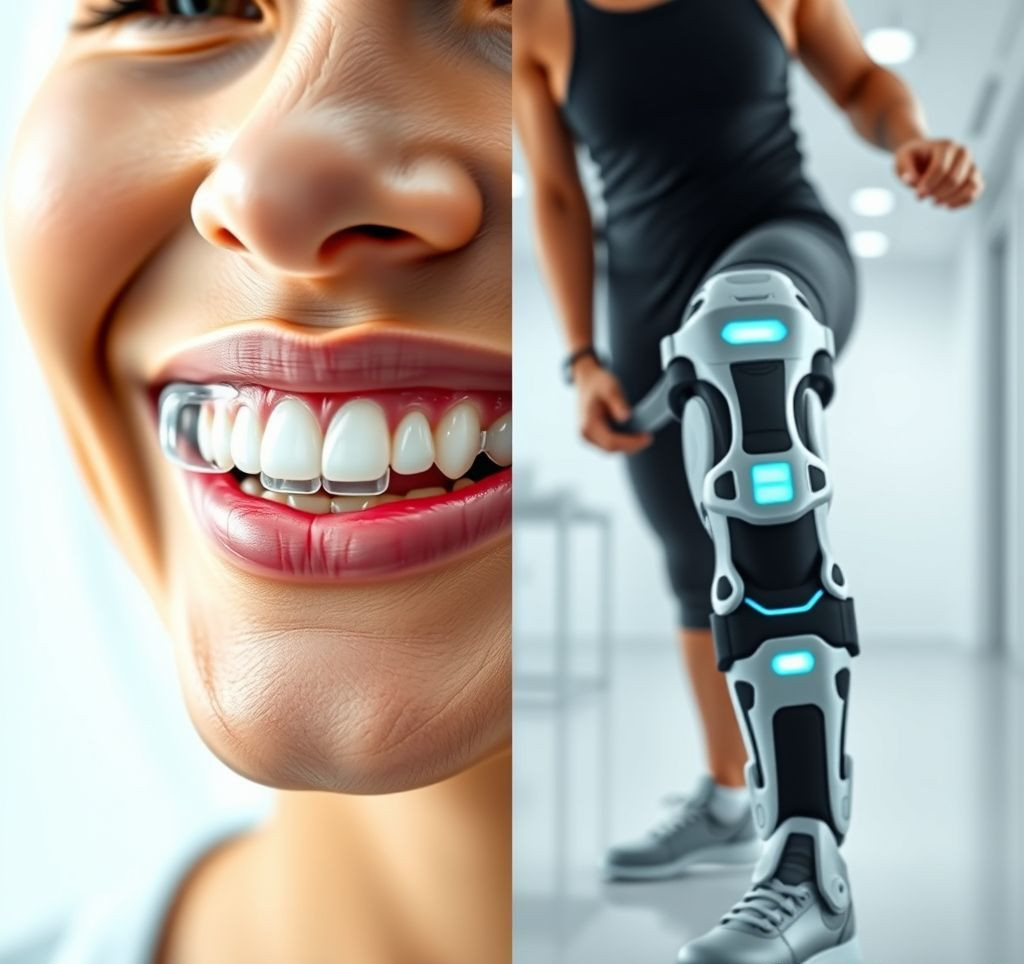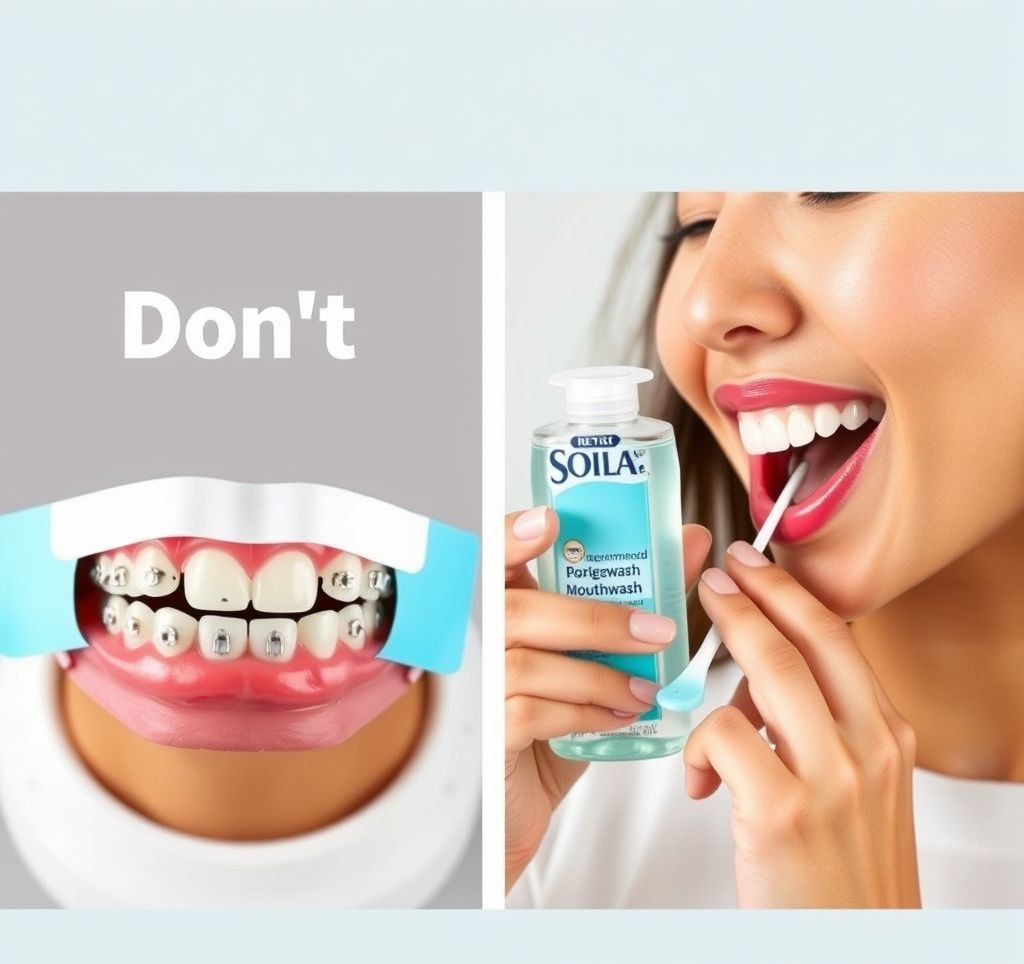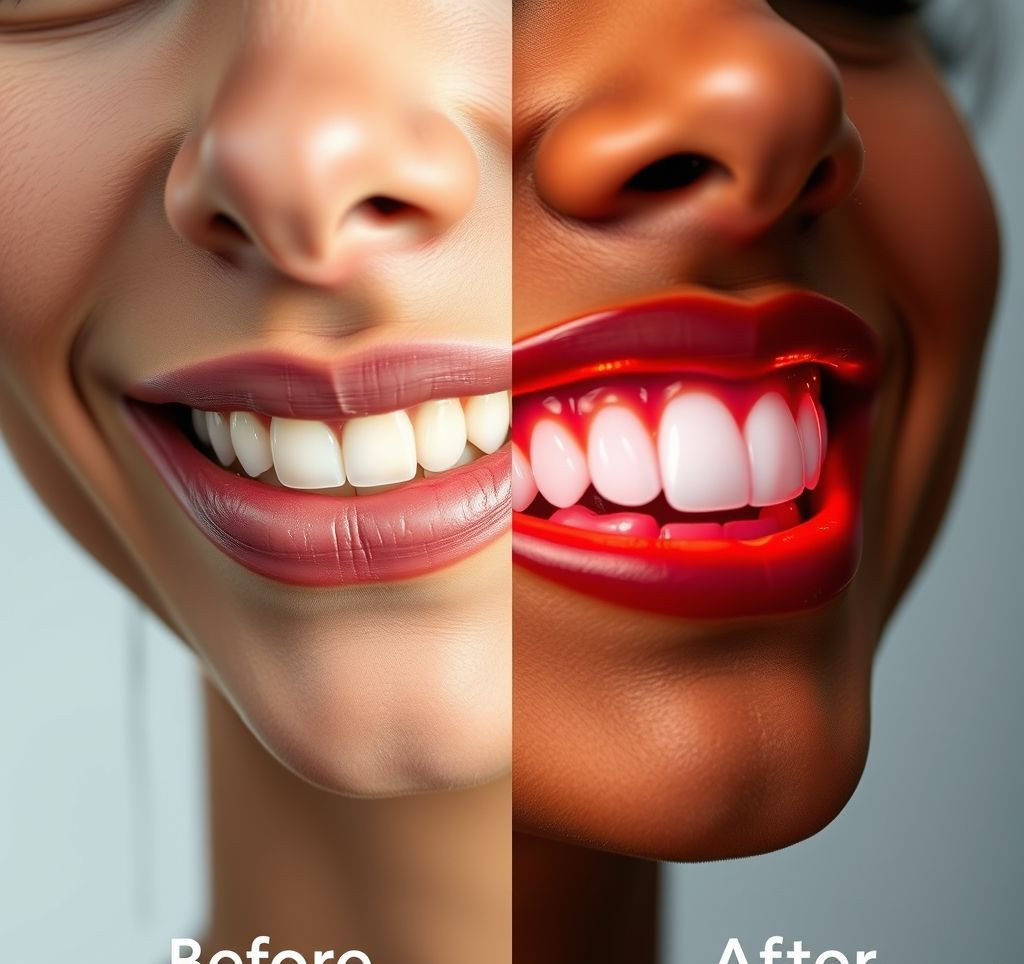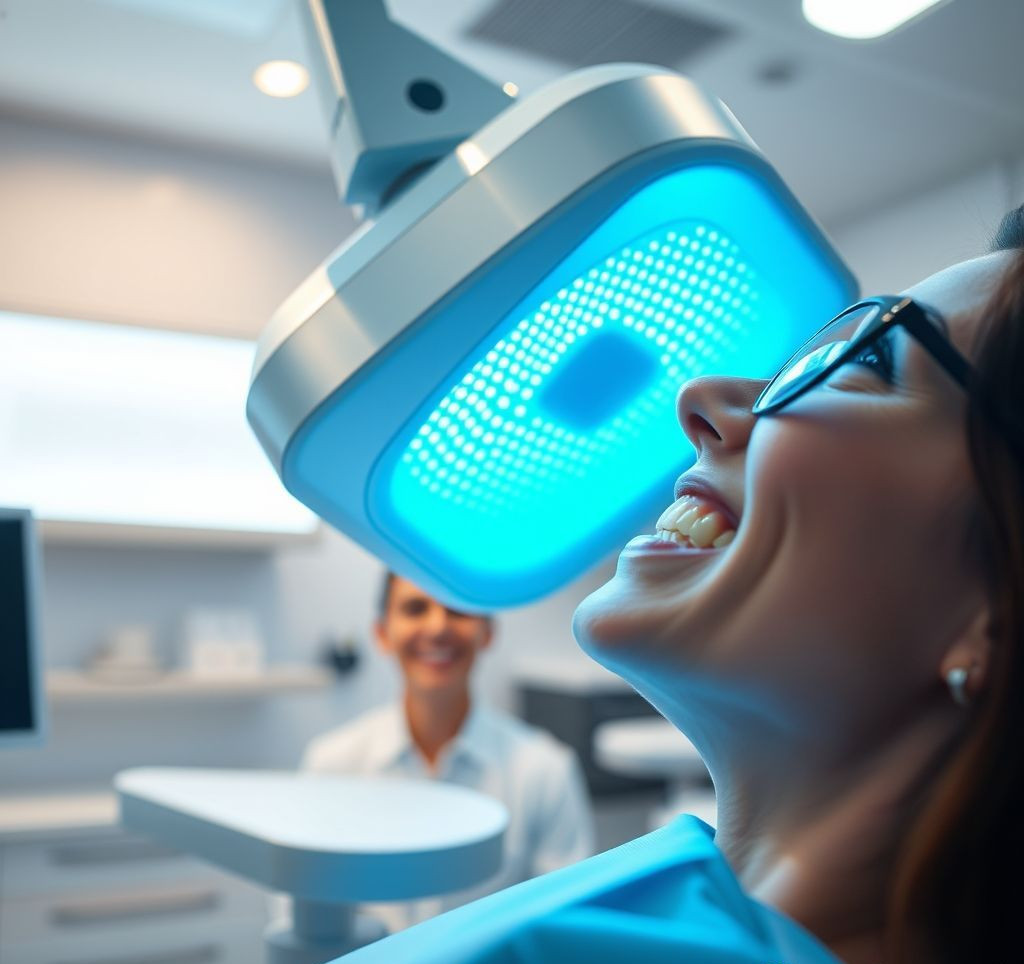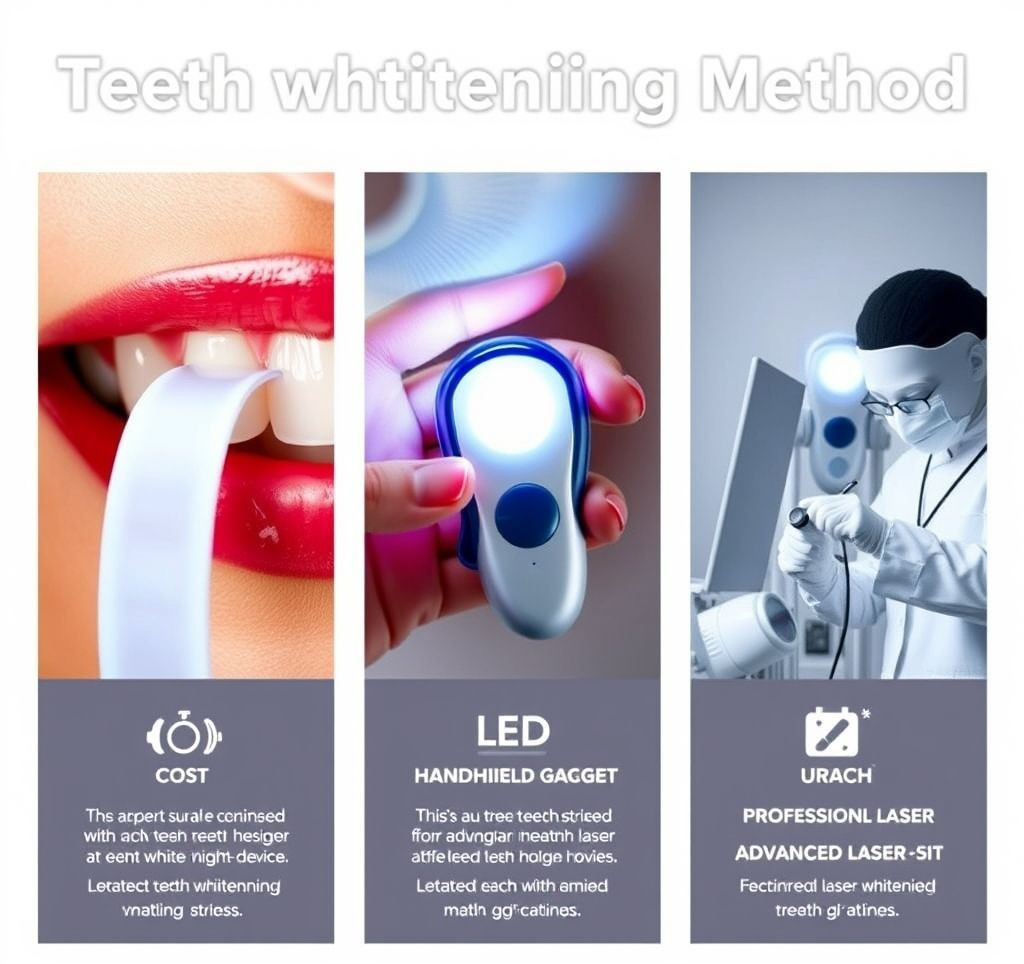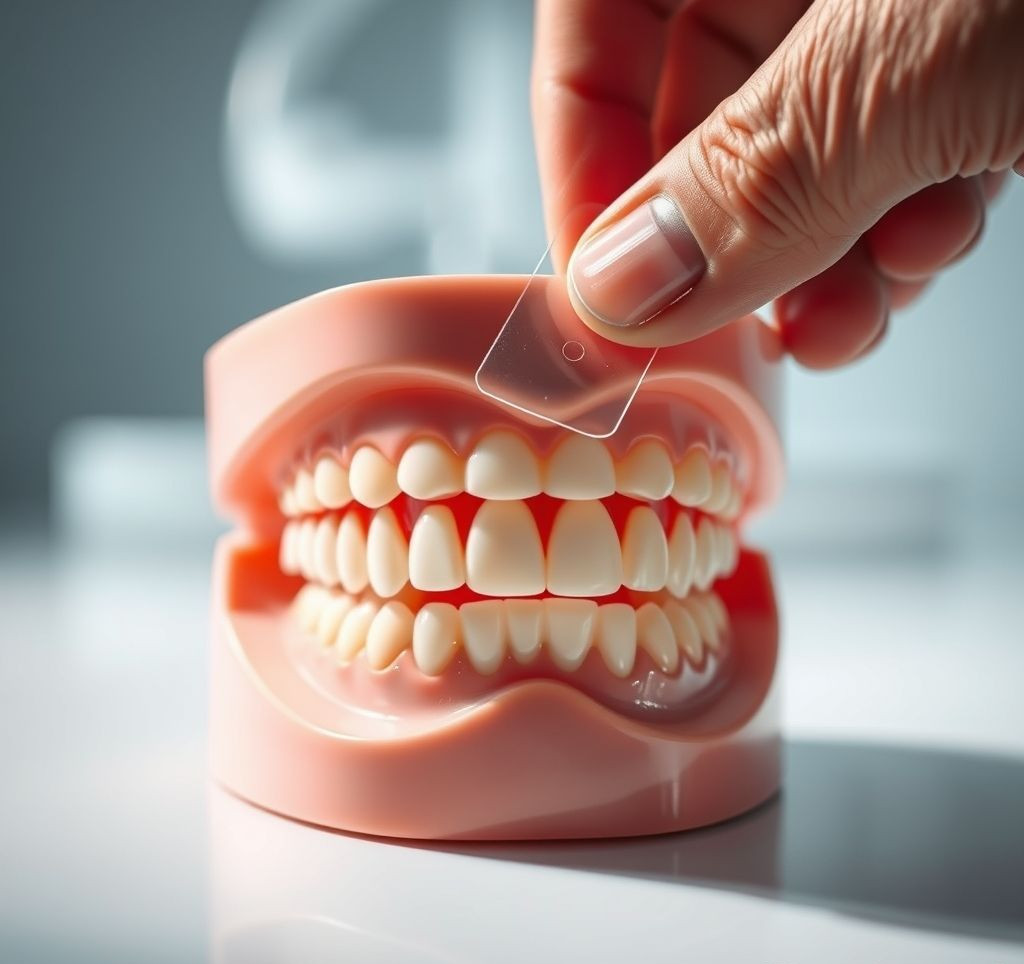Need a little extra support? The word “brace” can refer to a variety of devices designed to provide stability, correct alignment, and aid in healing. From subtle dental aligners that perfect your smile to robust knee supports that help you stay active, understanding the different types of braces and their functions is essential for making informed decisions about your health and well-being. Let’s explore the world of braces and discover how they can improve your quality of life.
Why This Concept is Crucial
Understanding the purpose and types of braces available offers several significant benefits:
- Improved Comfort and Mobility: Selecting the correct brace ensures optimal support and reduces discomfort, allowing for greater freedom of movement during recovery or daily activities.
- Enhanced Healing: Medical braces provide necessary stabilization to injured areas, promoting faster and more effective healing processes.
- Preventative Care: Braces can be used proactively to prevent injuries or the worsening of existing conditions, such as using a wrist brace for repetitive strain injuries.
- Corrective Action: Orthopedic and dental braces gradually realign bones and teeth, addressing structural issues and improving overall function.
- Increased Confidence: Straight teeth achieved through dental braces, or the ability to participate in activities with knee support, can significantly boost self-esteem.
Core Types of Braces Explained
The term “brace” encompasses a broad range of devices. Here’s a breakdown of some common types:
- Dental Braces: Used to straighten teeth and correct jaw alignment. Traditional metal braces, ceramic braces, and clear aligners are all types of dental braces.
- Knee Braces: Provide support and stability to the knee joint following injury, surgery, or for chronic conditions like arthritis. Types include hinged, sleeve, and patellar-stabilizing braces.
- Wrist Braces: Used to immobilize or support the wrist, often to treat carpal tunnel syndrome, tendonitis, or sprains. They limit wrist movement and promote healing.
- Ankle Braces: Offer support and stability to the ankle joint, frequently used after ankle sprains or for individuals with chronic ankle instability.
- Back Braces: Designed to support the spine and limit movement to reduce pain and promote healing following back injuries or surgery. They range from flexible supports to rigid orthoses.
- Neck Braces (Cervical Collars): Stabilize the neck following injuries like whiplash by limiting movement.
It’s important to remember that selecting the correct type of brace is crucial for its effectiveness. Always consult with a medical professional or dentist to determine the best course of action for your specific needs.
Finding the Right Brace: A Step-by-Step Guide
- Consult a Professional: The first and most important step is to consult with a doctor, dentist, or physical therapist. They can accurately diagnose your condition and recommend the most appropriate type of brace.
- Consider Your Needs: Think about the activities you’ll be performing while wearing the brace. Do you need maximum support for high-impact sports, or a more flexible brace for everyday use?
- Proper Fitting is Key: A brace that doesn’t fit properly won’t provide adequate support and can even cause further injury. Ensure the brace is the correct size and adjusted to fit snugly but comfortably. Many medical supply stores offer professional fitting services.
- Material Matters: Braces are made from a variety of materials, including neoprene, metal, and plastic. Consider breathability, durability, and comfort when choosing a material.
- Follow Instructions: Always follow the manufacturer’s or healthcare provider’s instructions for wearing and caring for your brace. This will ensure optimal performance and longevity.
- Progression: As you heal, you may need to adjust the tightness or support level of your brace. Your healthcare provider can guide you on when and how to progress.
Expert Tips & Best Practices for Brace Usage
To maximize the benefits of your brace and ensure a safe recovery, consider these expert tips:
- Don’t Over-Rely On It: While a brace provides support, it’s crucial to continue strengthening the underlying muscles. Work with a physical therapist to develop an appropriate exercise program.
- Skin Protection: Wear a thin layer of clothing beneath the brace to prevent chafing and skin irritation, especially during prolonged use.
- Clean Regularly: Follow the manufacturer’s instructions for cleaning your brace. Sweat and dirt can accumulate, leading to skin problems.
- Monitor for Issues: Check regularly for signs of skin irritation, swelling, or numbness. If you experience any of these issues, discontinue use and consult with your healthcare provider.
- Listen to Your Body: Pain is a signal that something is wrong. If you experience increased pain while wearing your brace, stop the activity and consult with a healthcare professional.
Hippocrates, often referred to as the “Father of Medicine,” described using external devices for fracture management as early as 400 BC. This illustrates the long history of using external supports to aid healing and improve function — a testament to the enduring value of the principles behind the modern-day brace. From then until now, many have seen the value.
“The doctor of the future will give no medicine, but will interest his patient in the care of the human frame, in diet and in the cause and prevention of disease.” – Thomas Edison
